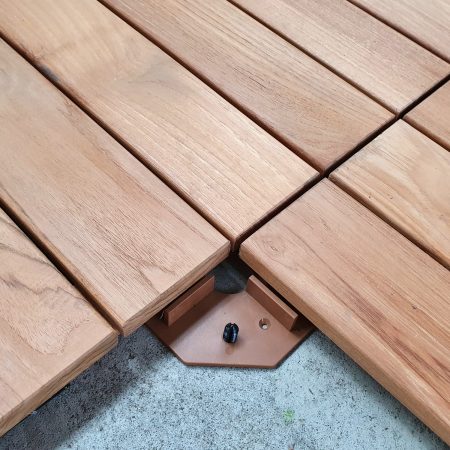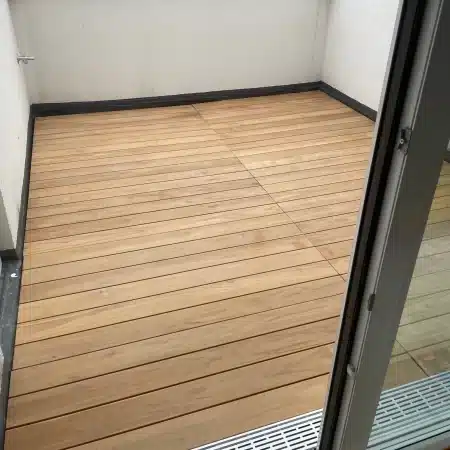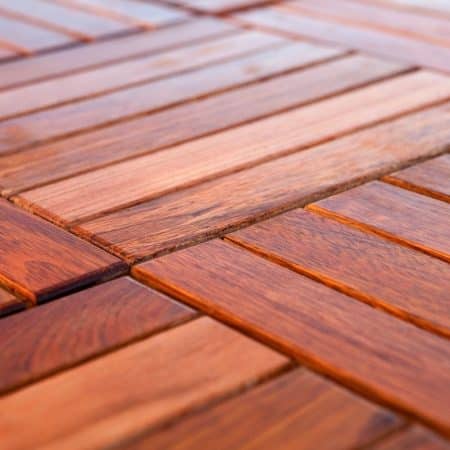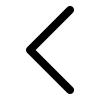
|
Origin |
USA, Southeast Europe |
|
bulk density |
0,69 - 0,79 g/cc |
|
durability class |
1-2 |
|
radial shrinkage |
4,4% |
|
Tangential shrinkage |
6,9% |
|
wood color |
yellowish olive to brown |
|
wood structure |
strikingly structured |
|
Usage |
Wood tiles, countertops, decking wood |
The Black Locust, originally from North America, is known and often incorrectly referred to as Black Locust acacia called, was first introduced in Europe as a park and avenue tree. Due to its excellent natural durability and mechanical properties, it has established itself as an important commercial tree species in recent decades. The quality of robinia wood is strongly influenced by the shape of the trunk, which often has a crooked growth. The robinia wood available on the German market comes mainly from southeastern Europe (Romania and Hungary) and from Brandenburg. The common black locust, a deciduous deciduous tree, became Tree of the Year in Germany in 2020 and is on the black list of invasive neophytes in Switzerland.
The robinia is a ring-pored wood from olive green to golden brown in color with clear sapwood. The large, ring-shaped earlywood pores and the latewood pores associated with light parenchyma cells give the wood a matt, silky shine. The crooked growth habit can cause fiber deviations. The processing is demanding due to the high hardness and tension in the wood; Pre-drilling for nails and screws is required. Robinia wood is easy to bend but difficult to split. It is characterized by very good durability and belongs to durability class 1-2 for outdoor use. It is used for outdoor construction applications, interior decorative applications, and furniture and flooring.
As a fast-growing tree with durable wood, the black locust is an alternative to imported tropical wood. However, it is considered a problematic neophyte due to its invasive nature. Their rapid growth and nitrogen fixing abilities can affect biodiversity, especially in dry locations. In Europe, the black locust threatens natural habitats due to its rapid spread and endangers rare biotope types such as poor grassland and dry grassland. Invasion biology studies show that their growth reduces biodiversity and causes ecological changes. Despite its original role as a park and avenue tree, the black locust is now on the warning list as an invasive neophyte.
Sources: Wikipedia, Wood from the specialist (GD Wood)

















